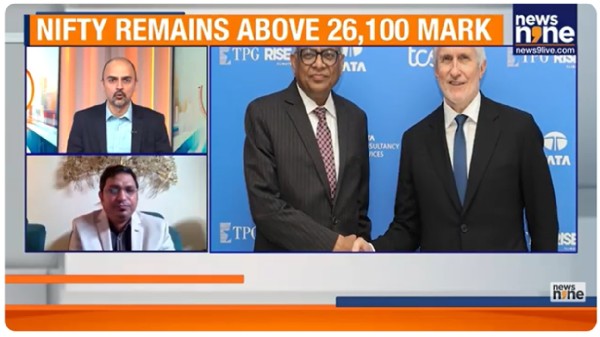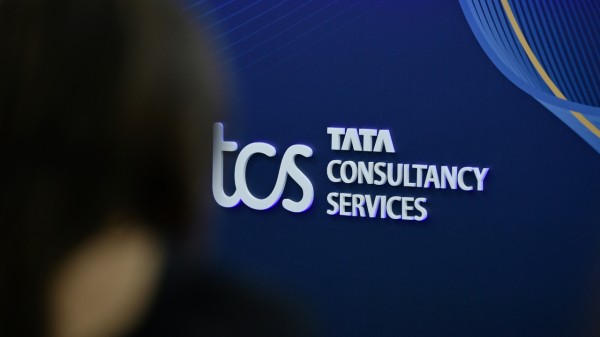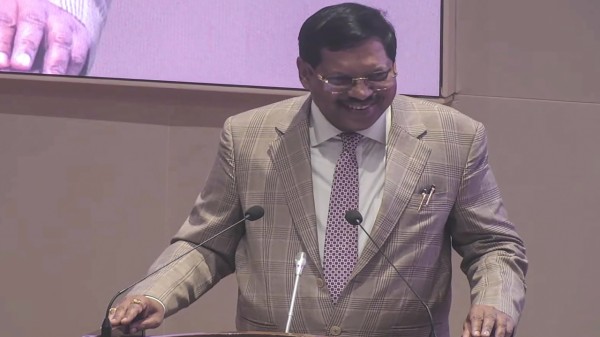

By signing in or creating an account, you agree with Associated Broadcasting Company's Terms & Conditions and Privacy Policy.


By signing in or creating an account, you agree with Associated Broadcasting Company's Terms & Conditions and Privacy Policy.

Kolkata: According to current rules, the portion of an IPO that is earmarked for retail investors is 35%, while for the QIBs (Qualified Institutional Buyers) the share is 50%. In a consultation paper floated recently, capital market regulator Sebi has proposed that the portion of large IPOs earmarked for retail investors be pared down to 25%, while the portion kept for QIBs be raised from the current 50% to 60%. Institutions that have the skills to assess and invest in these markets are referred to as QIBs.
The point to note is that Sebi has proposed these modifications in those new issues that are designed to raise more than Rs 5,000 crore. Its argument: big IPOs are witnessing fewer retail applications that are often falling shorter than the amount earmarked for them. The window to send comments to the proposal is till August 21, 2025.
The backdrop against which this suggestion could be considered includes the fact that there is a tide of investments in mutual funds, which are, in turn, investing in IPOs. The average issues sizes are also rising. Mutual funds are categorised as QIBs. “Given the allocation methodology and experience in recent deals, these large retail portions require lakhs of retail applicants for the category to be fully subscribed,” Sebi mentioned in the consultation paper. It also noted that 7 to 8 lakh bidders are required for an IPO that wants to mop up Rs 5,000 crore. If the IPO wants to raise, say double the amount or Rs 10,000 crore, the number of retail investors shoot up to a minimum of 17.5 lakh.
The Sebi consultation paper has also proposed that domestic mutual funds in the non-anchor QIB category should have 15% of the large IPOs reserved for them instead of the 5%n at present.
The experience on the ground indicates that direct applications by retail investors in IPOs has somewhat plateaued off. Many big IPOs are experiencing undersubscription from both retail and non-institutional investor (NII) categories. However, there are exceptions in the big IPOs such as LIC and Bajaj Housing Finance.
To bolster its argument Sebi offered the examples of Hyundai Motor’s that raised Rs 27,859 crore through its IPO, Hexaware Technologies’ that raised Rs 8,750 crore and Afcons Infra’s that mopped up 5,430 crore. The retail portion in Hyundai Motor’s IPO was subscribed 40%, Hexaware Technologies 10% and that of Afcons Infra 90%.
Another point of significnce, is that if retail investors do not pick up all the shares earmarked for them, the remaining shares are allotted to the QIBs such as mutual funds, banks and insurance companies.
(Disclaimer: (Disclaimer: This article is only meant to provide information. TV9 does not recommend buying or selling shares or subscriptions of any IPO, Mutual Funds, precious metals, commodity, REITs, INVITs, any form of alternative investment instruments and crypto assets.))












